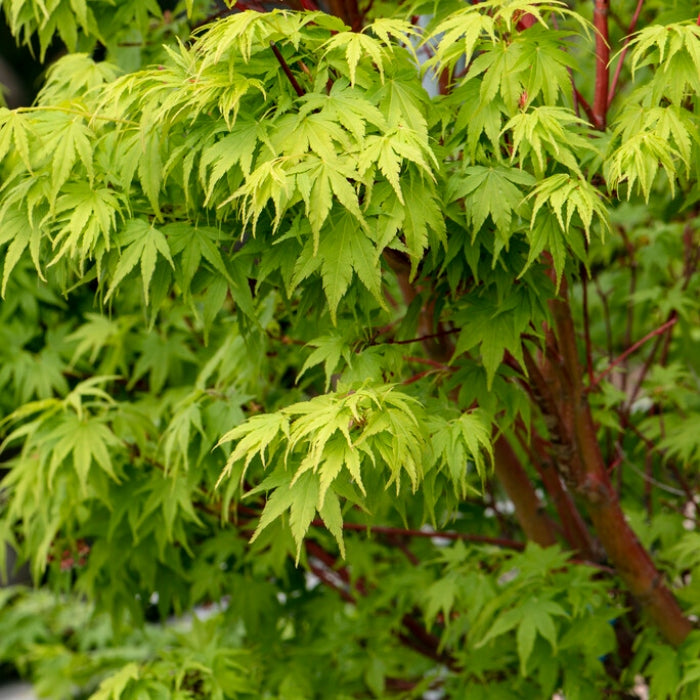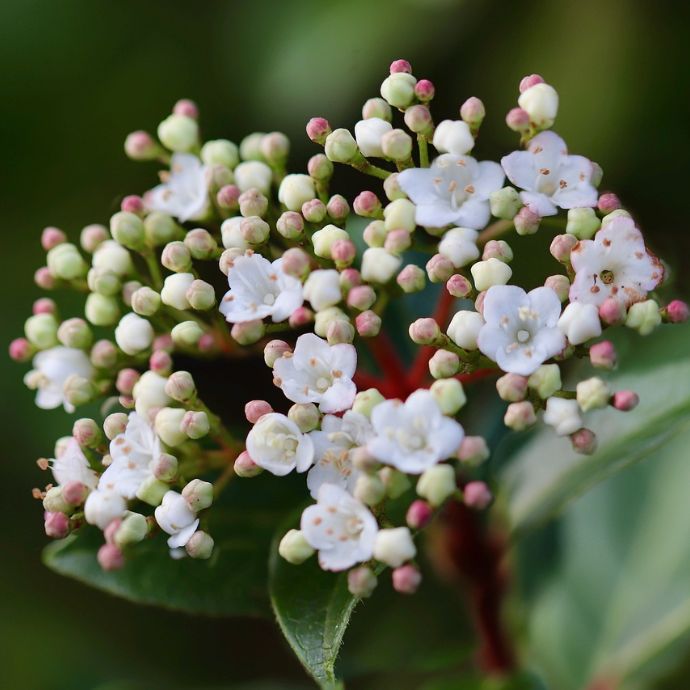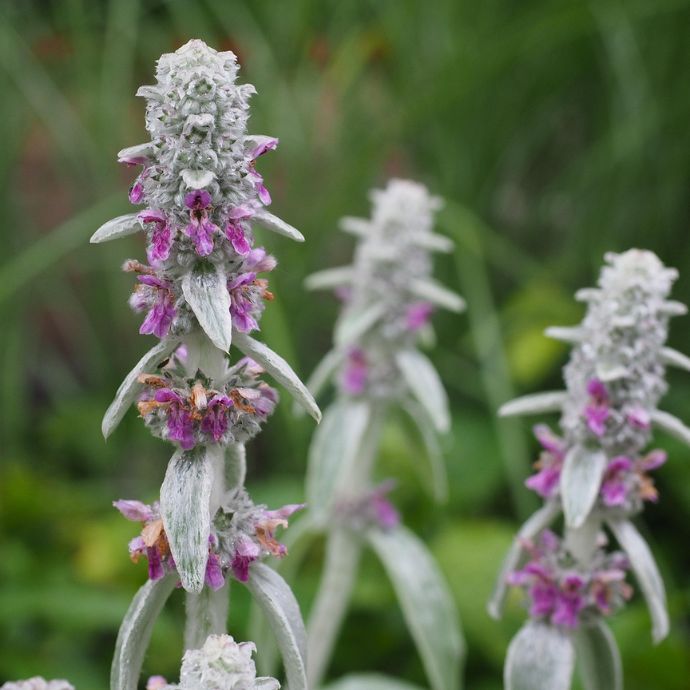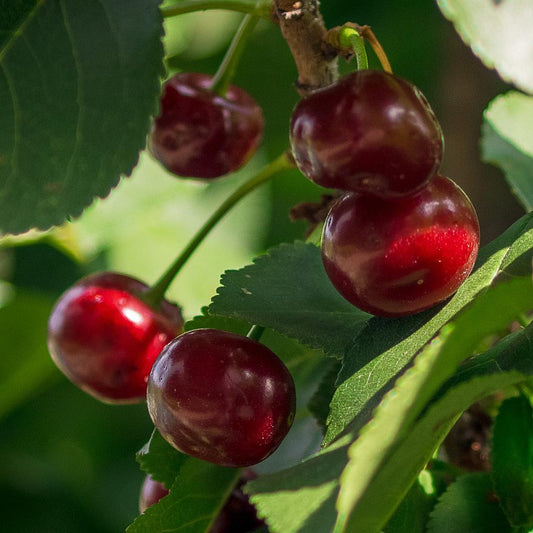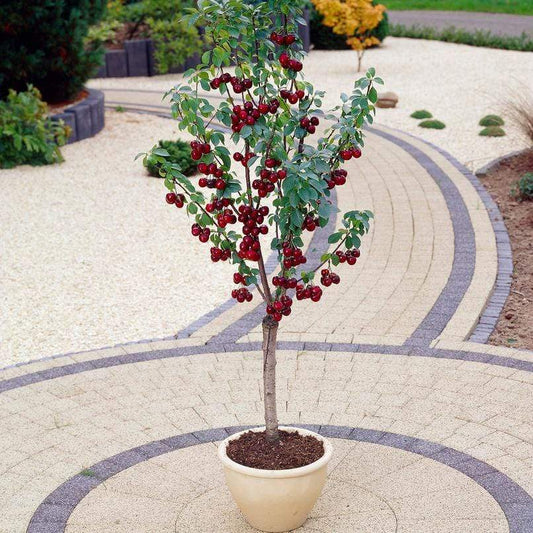Picking the Perfect Cherry Tree: 4 Step Guide
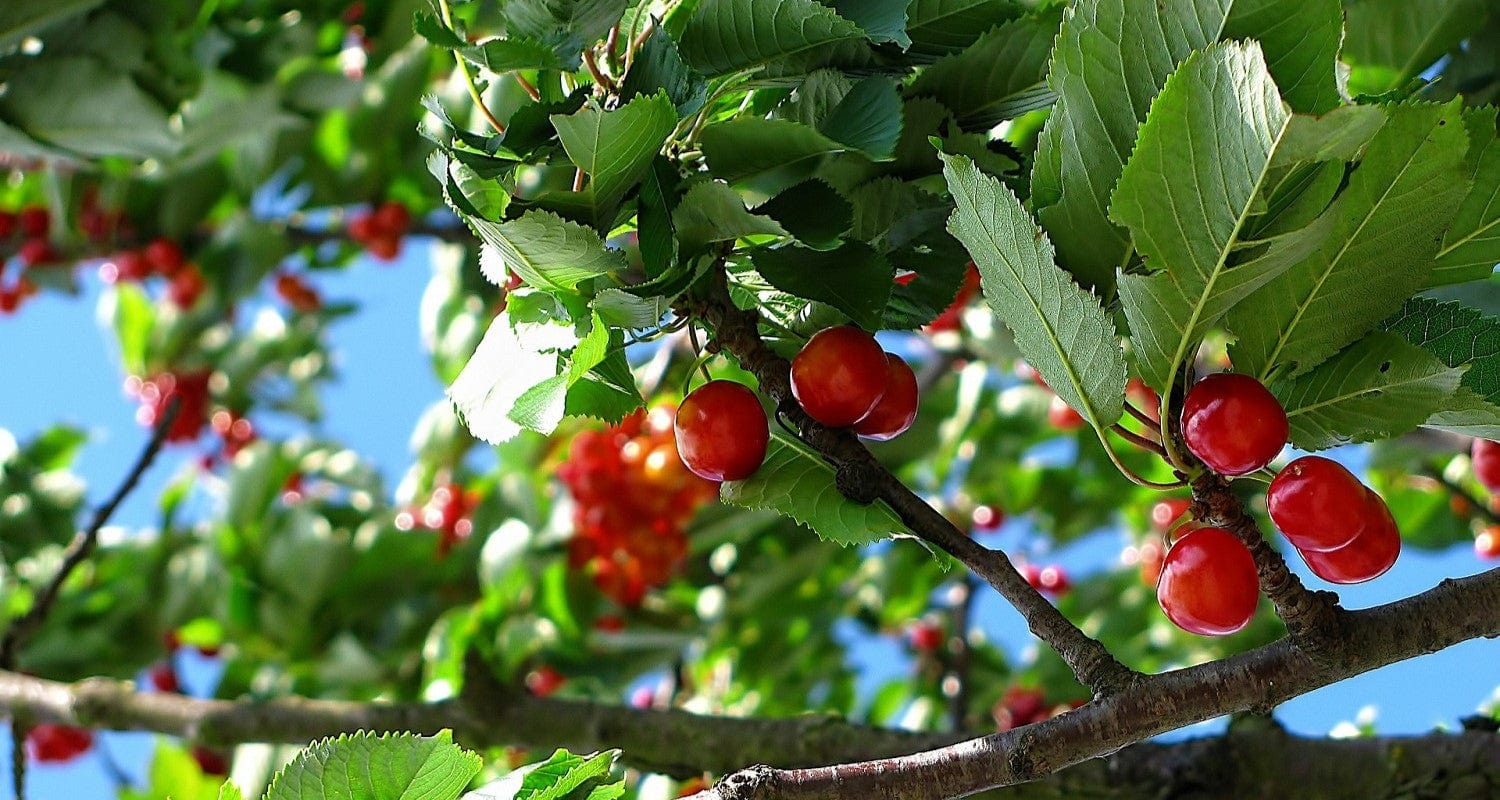
A cherry tree is a must have for your edible garden, with varieties suitable for cooking, eating or both. Plus, they’re small enough to fit happily in a border, front garden or even a patio pot. Whichever cherry tree you go for, you’ll enjoy it all year round, with scented white blossom in spring, lovely warm autumn colour and, of course, the delicious fruits.
But with so many varieties to choose from, which one’s the best? It depends on what you’re looking for. What you want it for, when you want to pick your cherries and how many you have space for! We're particularly keen on underrated types of cherry that you may not have considered. Cherry trees aren't just a great choice for us, either, but also have huge benefits for wildlife, too.
Jump to:
- 1. Eating or cooking?
- 2. Size
- 3. Harvest time
- 4. Pollination partners
- Getting the most from your cherry tree
How do you use your cherries?
Cherry trees usually produce either cooking (sour or acid) cherries or dessert cherries (sweet) but the fruit of some trees can be used for both purposes.
What are the best cherries for eating?
- 'Stella' - A tangy black cherry, one of the most popular in the UK.
-
'Sunburst' - Soft dark flesh with a subtle sweetness.
- 'Kordia' - Huge black cherries with a rich and complex flavour.
- 'Summer Sun' - Sweet and deep red, a good choice for colder areas.
What are the best cherries for cooking?
- 'Morello' - The classic Black Forest gateau cherry.
- 'Lapins' - Versatile and delicious in preserves and baking.
What are the best dual-purpose cherries?
-
'Sasha' - Red-black cherries bred in Norfolk.
- 'Regina' - Possibly the best flavour of any dual-purpose cherry.
-
'Burlat' - The earliest to ripen.
How big is your garden?
From a dwarf tree in a pot to something much larger, there’s a cherry suitable for every garden. Below, we've chosen the best varieties for your space.
What are the best fully-sized cherry trees for gardens?
Cherry trees grafted on Colt rootstocks grow to four-by-four metres and can be pruned to fit any space, making them perfect for small gardens. All of our cherry trees are grown on Colt rootstocks.
What are the best cherry trees for pots?
We'd recommend 'Sunburst', 'Sasha', 'Stella' or 'Hartland' as the best for patio pots, but any variety can be grown in a container as long as it is regularly pruned to keep it small.

When do you want to pick your cherries?
Cherry trees crop at different times through the summer, so if you plan carefully, you can coordinate their harvest times to avoid any weeks when you’re usually on holiday or busy.
What are the best early-season cherry trees?
'Burlat' and 'Merchant' will be ripe from early July or even June in warm areas.
What are the best mid-season cherry trees?
'Kordia', 'Summer Sun', 'Sasha', 'Stella' and 'Sunburst' are ripe for picking in mid July.
What are the best late-season cherry trees?
Choose 'Lapins', 'Regina', 'Kordia', 'Karina' or 'Morello' to harvest your cherries in late July and August.
What about pollination?
Cherry trees can be self-fertile, partially self-fertile or need a pollination partner. Make sure you choose the right one to get the best possible cherry harvests.
Which cherry trees are self-fertile?
These trees produce crops all on their own without needing another tree to pollinate them. They’re the ones to choose if you’ve only got room for one tree and you’re in a rural area where there’s unlikely to be another within a mile. They include 'Merchant', 'Sunburst', 'Stella', 'Lapins', 'Morello', 'Sasha' and 'Karina'.
Which cherry trees are partially self-fertile?
Partially self-fertile means that the tree is able to produce fruit on its own but if you have another tree nearby to pollinate it, they’ll both have bigger crops. 'Summer Sun' is an example of a partially self-fertile variety.
Cherry trees that need a partner
If you’re in a built up area where there’s likely to be another cherry tree within a mile, you don’t need to worry about this, but if you’re in a more remote place, you’ll need to plant two trees as pollination partners, as they can’t produce a crop by themselves.
Cherry trees can pollinate another tree of the same group or either side of their own. For example, a 'Van' tree (group 3) can pollinate a 'Burlat' (2) or 'Regina' (4) and vice versa. The following trees need partners:
- Group 2: 'Burlat'
- Group 3: 'Merchant'
- Group 4: 'Napoleon', 'Regina'
They can also be pollinated by a self-fertile tree in the right group.
How do you get the best from your cherry tree?
Where should you position your cherry tree?
Plant your cherry tree in any fertile, well-drained soil, with compost or manure mixed into the planting hole. Your tree will flower and fruit best in a sheltered spot with full sun exposure, although sour cherry varieties can deal with partial shade. If you’re in a colder area, three of the best performing trees in lower temperatures are 'Summer Sun', 'Regina' and 'Morello'.
Do cherry trees need pruning?
Cherries should be pruned once a year to keep them well shaped and productive - the right time to do this is in late July or August when the risk of silver leaf and bacterial canker is lower. Cherry trees can also be grown against a wall or fence as fans, but are generally too vigorous to train as espaliers or cordons.
Should you feed your cherry tree?
Feed your cherry tree yearly in the winter, with a high-potassium general fertiliser. It’s also a good idea to apply a mulch of well-rotted manure or compost around the base of the tree, which will help to keep the weeds down and stop the soil drying out.
How much watering does a cherry tree need?
Water your cherry tree regularly for the first year after planting. After this you shouldn’t have to water unless there’s a long dry spell in the summer.
Potted trees dry out more quickly and will need regular watering throughout the growing season (spring and summer). Check them regularly and if the top few centimetres of soil are dry, give them a good soak.
How do you protect your cherry tree from frost?
Cherry tree blossom appears in late spring, so it’s a good idea to be vigilant about late frosts and windy weather, which could damage it. If a frost is forecast, wrap the tree gently with horticultural fleece (or bubble wrap) overnight, then remove it in the daytime so the bees can get to the flowers and pollinate them.
Tips on harvesting cherries from cherry trees
Cherries are ready to pick from early to late summer, depending on which variety you plant. It’s best to pick them on a dry day and pick by the stalk rather than the fruit, to avoid bruising it. Leave the stalks on if you can, as they will help the cherries last longer. They usually keep for around a week in the fridge so if you have a really good crop it might be a good idea to freeze some or make jam.
Last updated: 29/10/2025
